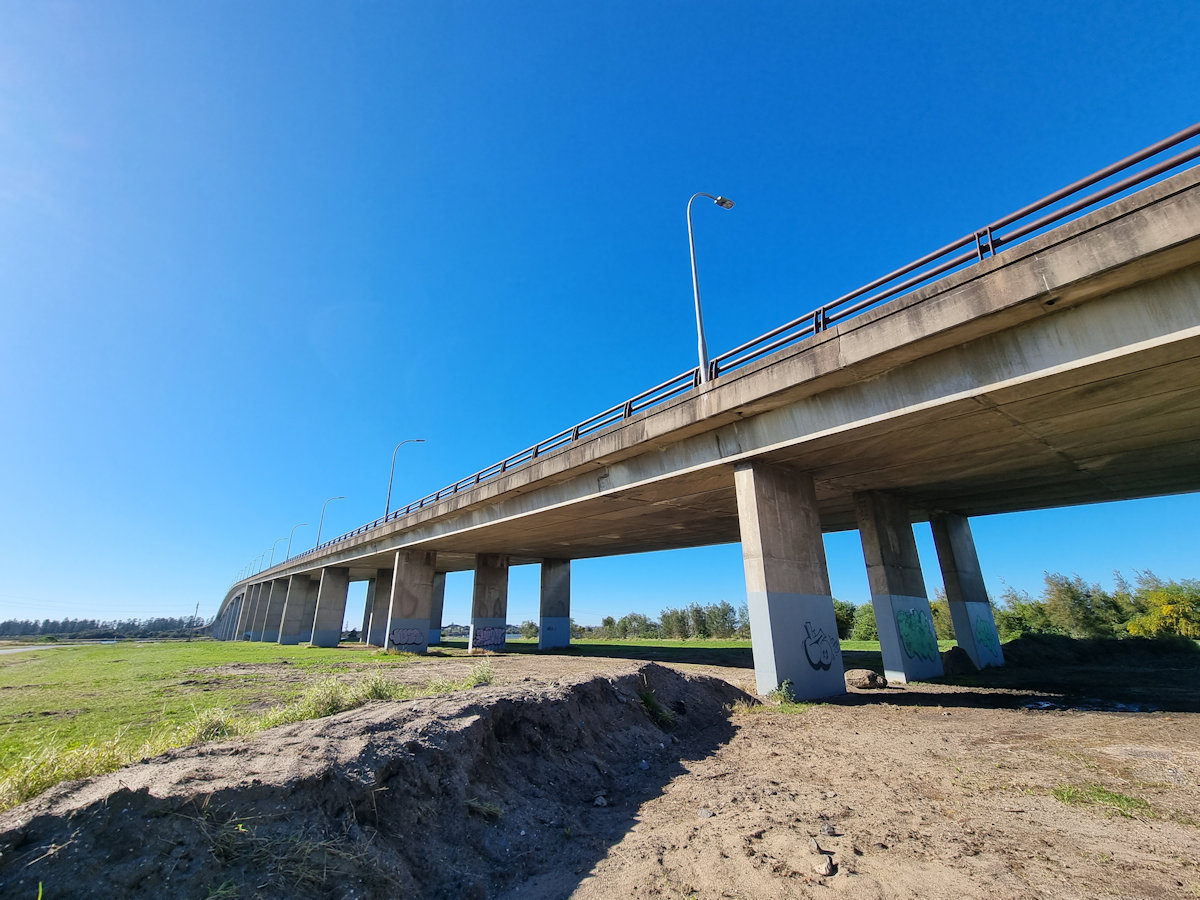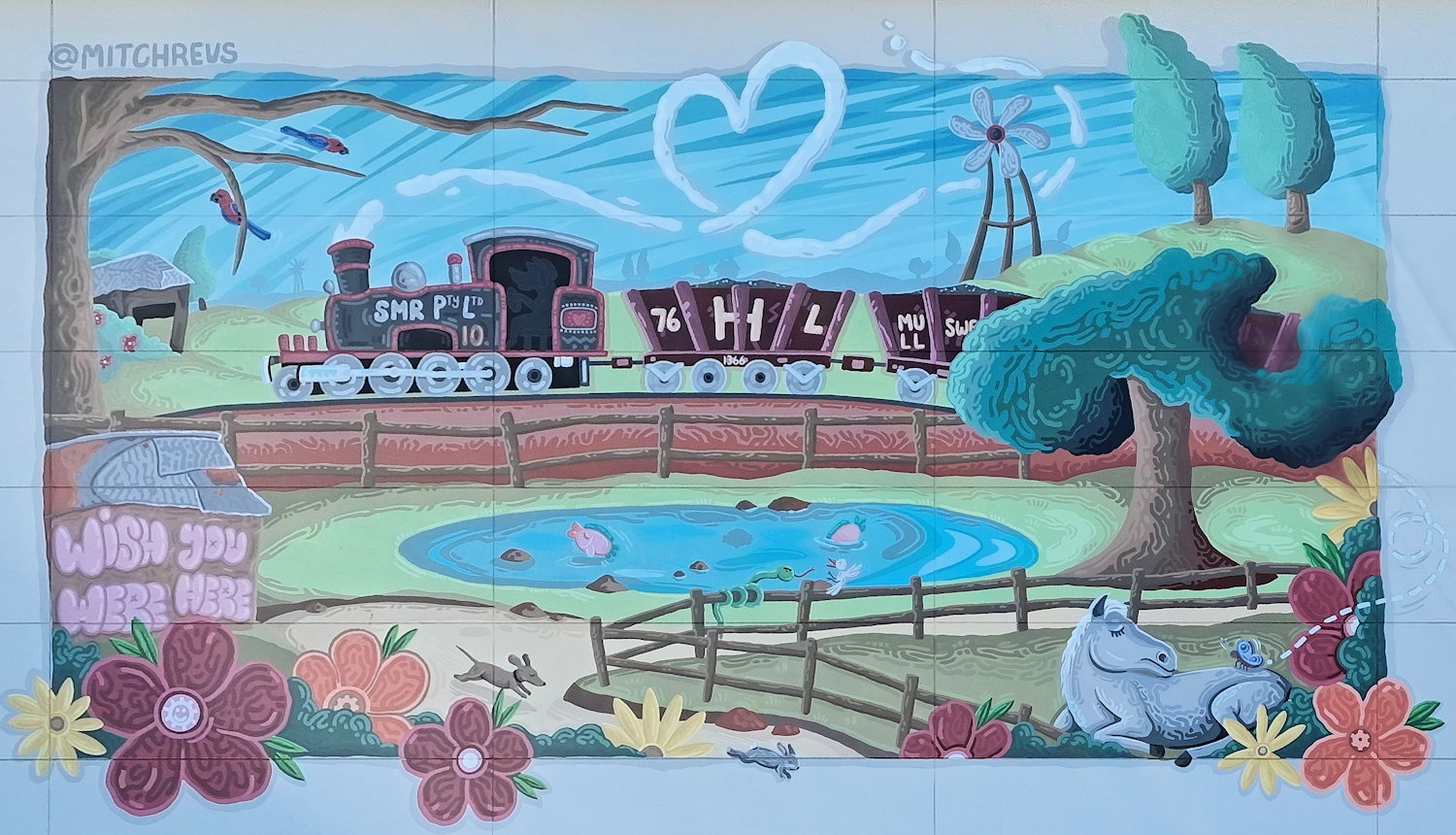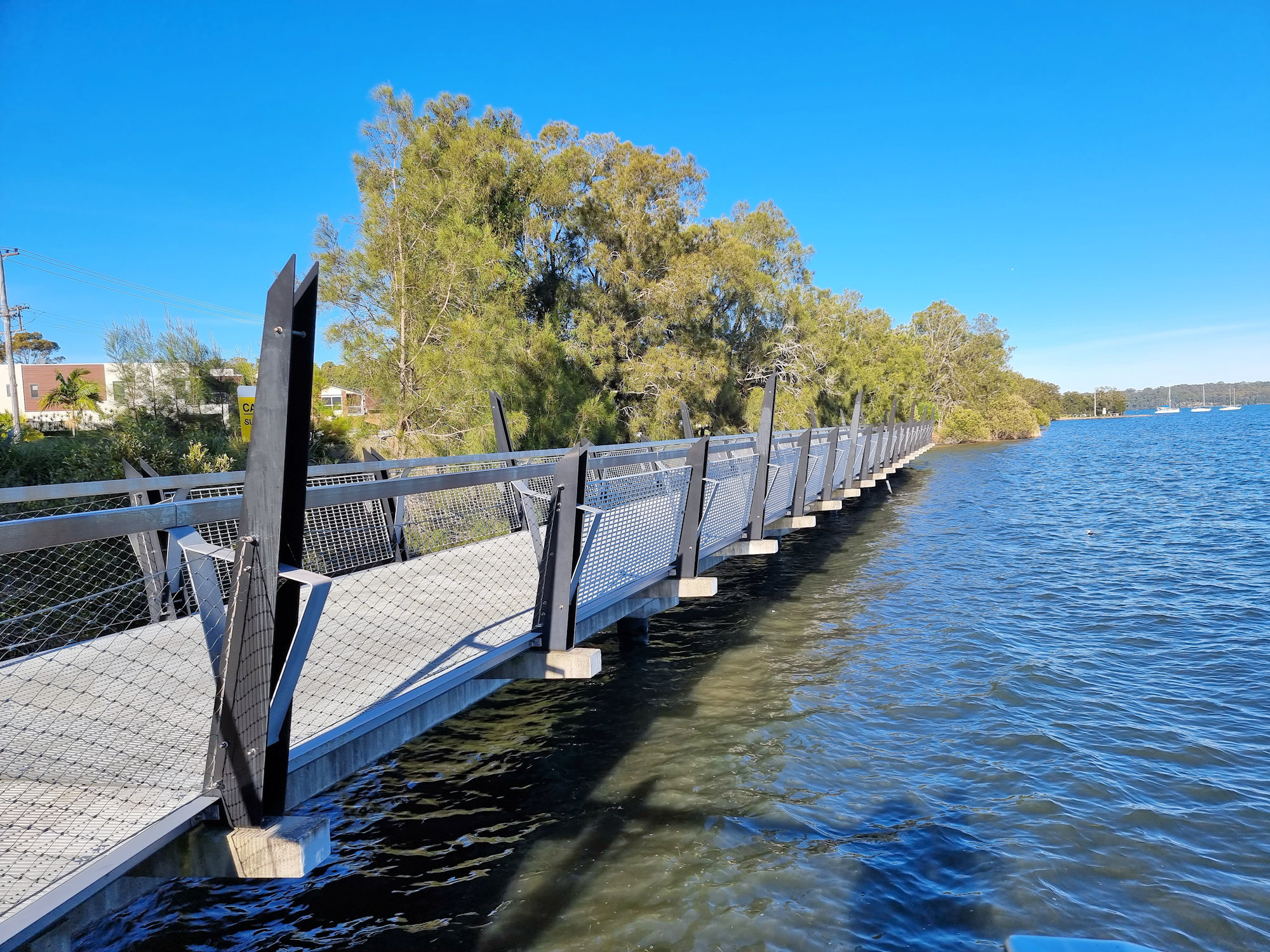Category: Hunter Valley
-
Stockton Bridge Newcastle Australia

Stockton Bridge Newcastle Australia Spanning the North Channel of the Hunter River, the Stockton Bridge connects the Tomaree and Tillegerry Peninsulas with Newcastle, Australia. Replacing an earlier vehicle ferry from Stockton to Newcastle (the passenger ferry still runs), it has significantly improved vehicle flow. When opened in 1971, it was the longest bridge (at 1,024m)… Read more
-
Maitland Street Art

Maitland Street Art Maitland Australia in the New South Wales Hunter Valley has been adding to its collection of street art. The Maitland City Council has been active in promoting the placement of the artworks to brighten up some otherwise dull laneways and side streets. If you arrive by train the first artwork you see… Read more
-
Watagan Cycle Track Warners Bay

Watagan Cycle Track Warners Bay New South Wales, Australia Running along the edge of Lake Macquarie, between Speers Point and Warners Bay, the Watagan Cycle Track is a shared walking and cycling pathway. One of Lake Macquarie’s most popular recreation spots, it offers incredible water views and an interesting bridge crossing. The track is relatively… Read more